Viral exanthem is an uncomfortable skin infection that affects many adults and children across the globe. Read on to know what is Viral exanthema and also find out about its causes, symptoms, diagnosis and treatment.
Viral exanthem Definition
Page Contents
- 1 Viral exanthem Definition
- 2 Viral exanthem Incidence
- 3 Viral exanthem Symptoms
- 4 Viral exanthem Causes
- 5 Viral exanthema in Children
- 6 Viral exanthem Transmission
- 7 Viral exanthem Diagnosis
- 8 Viral exanthem Treatment
- 9 Viral Exanthema Home Care
- 10 Viral exanthem Prognosis
- 11 How long does Viral exanthema last?
- 12 Viral exanthem Complications
- 13 Viral exanthem Risk Factors
- 14 Viral exanthem Prevention
- 15 Viral exanthem Pictures
It refers to a non-specific rash that is characterized by a generalized eruption of erythematous papules and macules. It is related with systemic infection and is often accompanied by lymphadenopathy and fever. It is caused by viral infection of the skin.
The name “Viral exanthem” comes from the merger of two words “Viral” standing for “caused by or related to virus” and “Exanthem” which is another name for a skin eruption or rash.
Viral exanthem Incidence
This is a highly common condition. However, its exact incidence is not known.
Viral exanthem Symptoms
This skin disease is primarily manifested by widespread development of red or pink-colored spots over the body. These rashes mainly arise on the arms, legs and trunk. These are non-itchy rashes but may be accompanied with other discomforting symptoms like:
- Nausea
- Body aches
- Runny nose
- Nasal congestion
- Cough
- Headache
- Vomiting
- Fatigue
- Fever
- Irritability
- Headaches
- Sore throat
- Loss of appetite
- Chills
- Anorexia
- Malaise (General ill-feeling)
Viral exanthem Causes
The disease is mainly caused by stomach and respiratory viruses. Viral infection is the primary cause of this condition. It may also be caused due to an infection by:
- Adenovirus
- Chicken pox
- Coxsackievirus
- Echovirus
- Fifth disease
- German measles
- Herpes simplex
- Herpes Virus Type 6
- Herpes zoster (shingles)
- Measles
- Mononucleosis
- Parvovirus B19
- Roseola
- Rubella
The lesions erupting on skin surface may arise due to a host response or as a result of replication in infected cells.
In case of an infection, the virus enters and incubates (hatches) inside the body. This is followed by a viremic stage that leads to fever and dispersion of viral particles to all body tissues. This is often followed by a perivascular inflammatory reaction to the virus, which causes development of skin eruptions.
The condition is also supposed to occur as a side effect of medications, such as antibiotics.
Viral exanthema in Children
This disease is extremely common in children. Kids who have not been vaccinated against chicken pox, rubella and measles are at greater risk of having this condition. Children with this disorder typically contract the syndrome from other affected kids in their schools or other public places that they visit. They usually remain ill only for a short time.
The most common Viral exanthems in children are:
- Fifth disease
- Roseola
- Rubella
- Rubeola or measles
- Varicella (or chickenpox)
Viral exanthem Transmission
This is a viral disease and hence, contagious in nature. People affected by this condition release the virus into the atmosphere through droplets of mucus when they cough or sneeze. Those inhaling the contaminated air
The virus enters the lungs of others when they inhale the droplets. The virus may also spread during contact with infected saliva or nasal mucus.
Viral exanthem Diagnosis
The diagnosis of this syndrome usually begins with a physical examination and consideration of the medical history of the patients. Doctors typically look for physical signs like:
- Pink or red rashes
- Red throat
- Skin blisters
If Cervical lymphadenopathy is suspected, physicians can check for redness of eyes and inflammation in the neck glands.
Other diagnostic procedures may also be used to culture viruses or bacteria or look for other serious causative factors. Such tests may include:
- Blood cultures
- Chicken pox antibodies
- Cold agglutinins
- Complete blood count
- Measles antibody test
- Monospot
- Rubella titer
- Strep screen
Viral exanthem Treatment
In many cases, treatment is not necessary for the resolution of this disorder. The condition usually goes away naturally. In some cases, particularly where infections by organisms like bacteria are the cause, administration of medications (like antibiotics) can be useful. Anti-viral therapy may also be helpful in resolving some cases.
Some other standard medications used for treating Viral exanthems (VE) include
Oral antihistamines
These control itching symptoms in patients and typically involve brands like:
- Cetirizine (Zyrtec)
- Chlorpheniramine (Chlor-Trimeton)
- Diphenhydramine (Benadryl)
- Fexofenadine (Allegra)
- Loratadine (Claritin)
Non-steroidal Anti-Inflammatory Medications (NSAIDs)
These are typically used to control fever and relieve painful symptoms in sufferers. Preferred medications of this type involve use of:
- Ketoprofen (Actron, Orudis,Oruvail)
- Ibuprofen (Advil, Motrin, NeoProfen, Nuprin)
- Naproxen (Anaprox, Aleve, Naprosyn)
For acute forms of this disease, treatment is generally symptomatic.
Viral Exanthema Home Care
Many rashes of this type go away with simple home remedies, which include:
- Taking rest
- Drinking plenty of liquids
- Using moisturizers, such as Eucerin and Lubriderm, to address dry skin problems
- Avoiding contact with irritating materials
- Avoiding scratching, as it may result in infection
- Gently washing the skin with mild soap for two times a day
- Taking frequent showers or baths in lukewarm water
- Wearing loose cotton clothes
Viral exanthem Prognosis
This is a non-dangerous condition and generally resolves without treatment. With proper treatment, persisting cases of this disease do not last long and rarely lead to any severe complications.
How long does Viral exanthema last?
Without treatment, the syndrome usually takes a little over 10 days to go away. Proper treatment can make more severe cases resolve within a week or two.
Viral exanthem Complications
Some of the main complications of viral exanthem involve:
- Encephalitis
- Cellulitis
- Viral pneumonia
- Viral meningitis
Viral exanthem Risk Factors
Those found to be at particular risk from this disease generally include individuals who suffer from upper respiratory infections or diabetes. People living or working in a nursing home or participating in activities in day care centers are also susceptible to this condition. This disorder is also found to affect people suffering from a weakened immune system due to an organ transplant, an ongoing Chemotherapy or presence of underlying conditions like AIDS and HIV infection.
Viral exanthem Prevention
The condition can be prevented by:
- Getting vaccinated
- Washing the hands frequently
- Avoiding exposure to individuals already suffering from these rashes
Viral exanthem Pictures
Check out these Viral exanthema images to know how this syndrome affects the skin. These Viral exanthema photos will give you a fair idea about the physical appearance of VE sufferers.
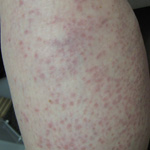
Picture 2 – Viral exanthem Image
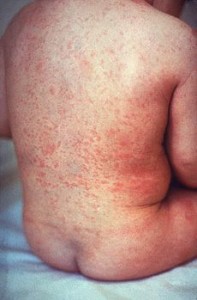
Picture 3 – Viral exanthem Photo
If you find signs of persisting Viral exanthem in adults or children in your family, immediately call your healthcare provider. Timely diagnosis and treatment will go a long way to ensure fast and effective recovery from this discomforting disease.
References:
http://www.rightdiagnosis.com/v/viral_exanthema/intro.htm
http://www.freemd.com/viral-exanthem/overview.htm
http://www.ailments.com/3376/Viral_Exanthem.html
http://www.choa.org/Child-Health-Glossary/V/VI/Viral-Exanthems-Rashes

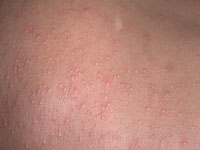
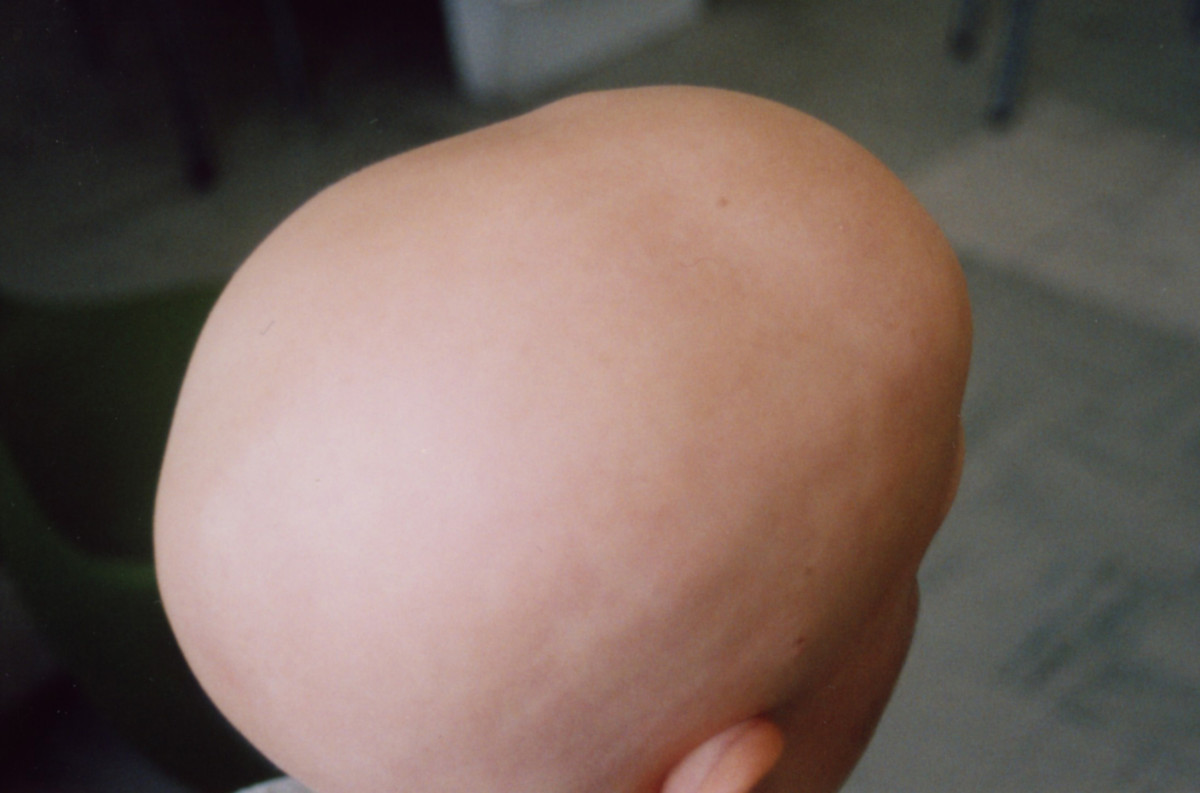
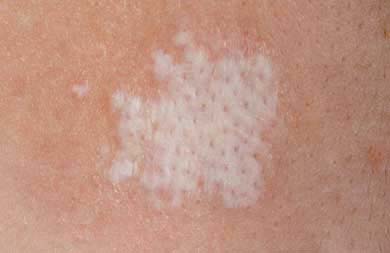
vary well explained.